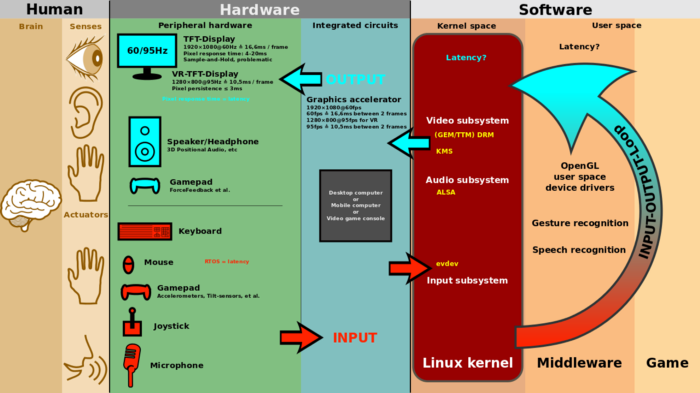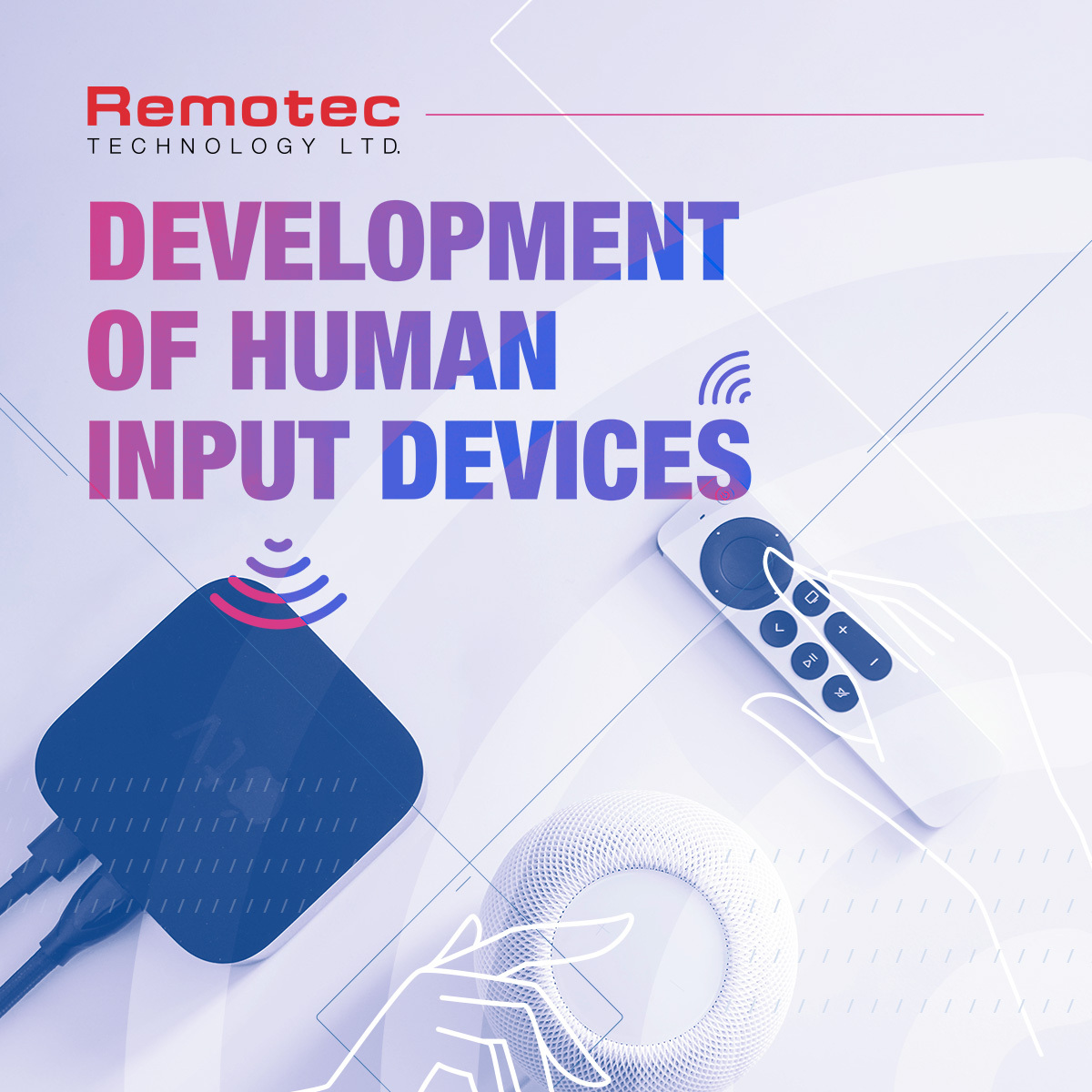This is a series of four articles that describe the history and a glimpse of
the future of HID for smart home use.
By Daniel Chun and Dasam Singh
In the last article (link here), we discussed about the history of Human Interaction Devices (sometimes also referred to as Human Input Devices), and how our living room has always been the test bed for consumer electronics. While the outbreak of Covid-19 limited in person gatherings/meetings, it also led to opportunities for faster adoption of consumer electronics in the HID front. To illustrate the latter point, the Smart Remote segment, which is one of the sub-divisions of HID, amounts to roughly 250 million USD and is expected to grow by 13.4% in volume in 2023 (Statista, 2022).

In this article, we will dive into the combination of voice inputs and technology roadmap that could extend the notion of HID+ in consumer electronics. The above diagram shows the importance of our senses — that are biologically connected to our brain and this is where machines and computerized form of devices (hardware) will need to interpret the sets of commands through some form of standardized inputs (and not by intuition). Fighter jets and drones could be flown on auto pilot within certain operating conditions. Robots could be programmed to handle tasks within technical constraints. By and large, these hardware in different forms will still need to be given human input. Keyboard and Mouse interfaces have been well defined over the years and innovation in the use of our fingers for input has also been invented (see this patent on pinch) and widely adopted. In my opinion, there is still no standard when it comes to voice input, each technology stack and related SDKs / protocols are still under experimentation by the tech giants, chipsets companies and the consumer electronics industry.
The challenges of voice input
When we discuss voice input, there are generally two camps of thoughts
First we need to identify whether the use cases is far-field or near field. Far field voice input can easily be understood as smart AI speakers (E.g., Google Home, Alexa) or smart screen-based living room devices (E.g., Facebook Portal which licensed the use of Alexa actually). Near-field refers to smart remotes / handheld devices like our smart phones where we can press a button and then speak into the microphone to give our commands accordingly.
Besides the aforementioned tech giants, companies in mainland China are also very inventive and often contribute to the development in standard organization. For example, in the area of our work in remote controllers, we contribute to the Bluetooth SIG’s Smart Home workgroup and companies like Alibaba have also participated and shared their expertise in standardization as well as acquiring specific inventive patents (see link here) in voice command. The use of Bluetooth technologies for voice-command is especially useful given the fact that many True-Wireless (TWS) headphones are equipped with microphones and connected to smart phones.
The problems with voice input however require a hardware device to be either always on or be activated with a press of a button.

Companies in the TV and streaming businesses have also advanced themselves to the adoption of voice command in a near-field setting. Take an example of the latest remotes from Roku, Samsung and LG (especially the higher end ones). Each solution provider will have to count on the host devices and operating system to be always on and interpret the commands (complicated with background noise, different accent, different interpretations of the commands) in order to fully complement the actual use cases.
There are often incidents as shown by some user accounts that these devices are not as smart or as intuitive as they claim to be. While this has to deal with the user training and adaptation to the new methods of input, we believe that the newer generation will be very comfortable using a combination of voice, keyboard, remotes, and even gestures — while the older generation would still prefer to use handheld remote controllers.
In our next article, we will dive into the topics that are very hot right now — gaming, AR/VR, and Metaverse — with the proliferation of newer control methods and gears that shape the new HID+ market and consumer electronics industry at large.
References
1. Smart Remotes Worldwide Highlights, Statista, 2022, https://www.statista.com/outlook/cmo/consumer-electronics/tv-peripheral-devices/smart-remotes/worldwide
2. Patent by Alcatel on “Pinch-and-zoom, zoom-and-pinch gesture control”” https://patents.google.com/patent/US20140071171A1/en
3. Patent by Alibaba on “Method and apparatus for voice control”
https://patents.google.com/patent/US10573303B2/
4. The Verge, “Roku Voice Remote Pro” https://www.theverge.com/22391174/roku-voice-remote-pro-review-features-price
About Remotec Technology Limited
Remotec Technology Limited is a 30 year old technology company that has been providing unique HID+ solutions for brands and international customers including remote controllers, IP, database library and chipsets solution.
About the Authors
Daniel Chun is the Board Director and former CEO at Remotec Technology Ltd, now chairing special innovations committee at Fufa Ventures. Daniel holds multiple patents and is a Chartered Engineer and supports the implementation of ubiquitous HID user experience. Dasam Singh is the product marketing specialist at Remotec Technology Ltd and handles the product development of the HID+.



